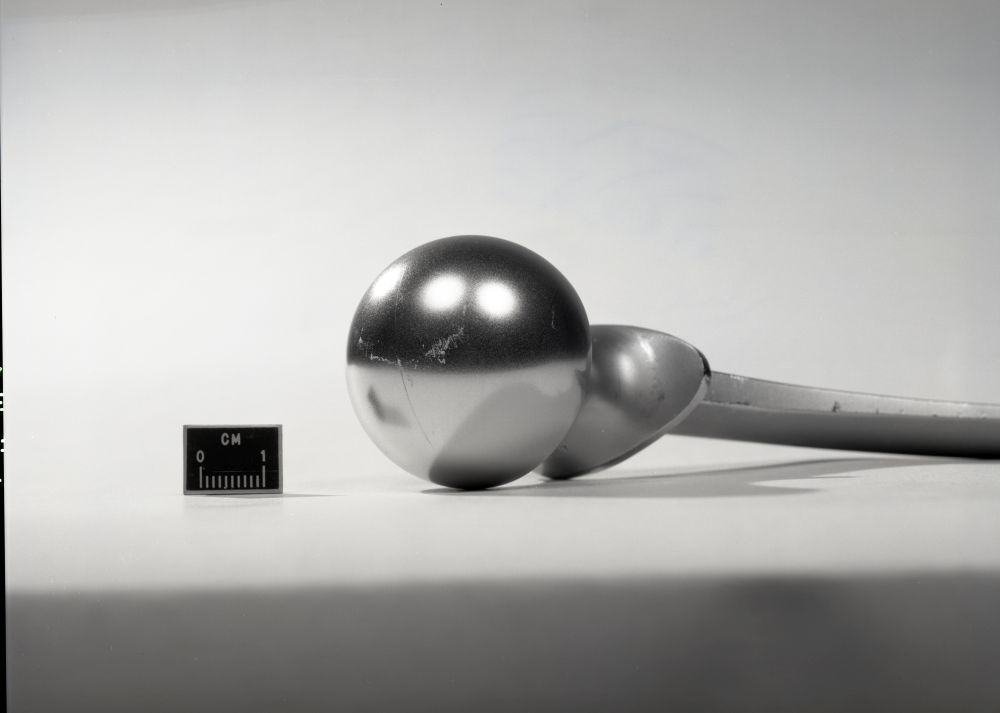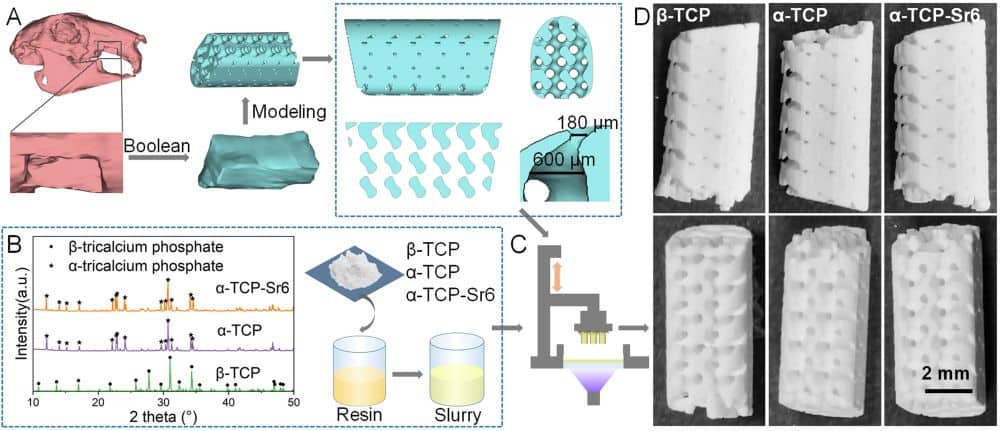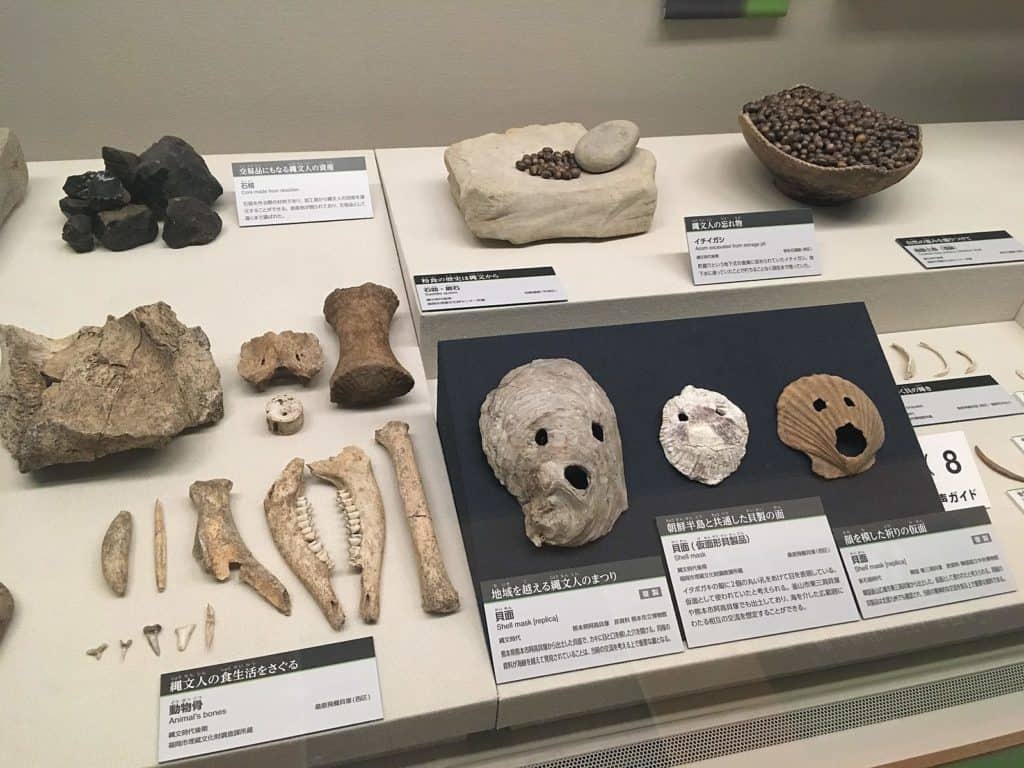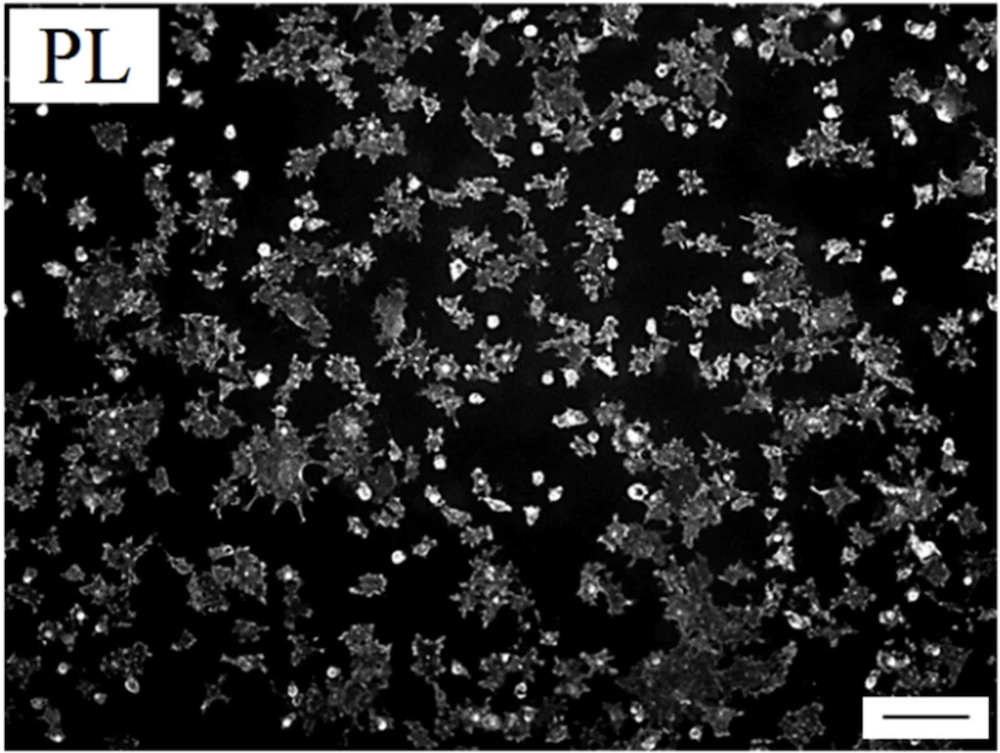Digital light processing is one of the most promising additive manufacturing technologies for preparing ceramic scaffolds with complicated fine features. Three recent studies by several groups in China explore the use of this technique to fabricate bioceramic scaffolds for medical applications.
Read MoreAs part of the IYoG celebrations, ACerS’ “Glass: Then and Now” series is highlighting ACerS journal articles each month that support advancement in glass science and technology. The focus this month is bioactive glasses. Plus, ACerS is offering several other collections on this topic.
Read MoreImproving treatment of chronic diabetic foot ulcers can prevent the need for amputation. Researchers explored using a new borate-based bioactive glass to improve the rate of wound healing.
Read MoreGiant cell tumor of bone is an aggressive, semimalignant tumor that can grow quickly and destroy bone close to a joint. A research collaboration from Heidelberg University Hospital and University of Erlangen-Nuremberg in Germany explored the potential of bioactive glass to treat these bone tumors.
Read MoreIn implants and scaffolds containing bioactive glass, the relationship between device structure and biological performance is complicated by the formation of a highly complex interfacial layer. In two papers, Lehigh University researchers begin to untangle the interaction among structure, protein adsorption, and cell attachment.
Read MoreACerS is pleased to announce Julian Jones has been selected for Volunteer Spotlight, a program through which we recognize a member who demonstrates outstanding service to The American Ceramic Society…
Read MoreAfter a long and interesting journey, bioactive glass toothpaste is set to soon be available in the United States. U.K.-based company BioMin received FDA premarket clearance for its Restore Plus toothpaste under the Dr.Collins brand.
Read MoreThe December 2020 issue of the ACerS Bulletin—featuring applications of ceramics and glass in the human body—is now available online. Plus—C&GM and ceramicSOURCE
Read MoreBioactive glasses are considered biocompatible—but there still is much unknown about how these glasses interact with the immune system. In a recent open-access study, researchers in Germany explored how ions released during bioactive glass dissolution affect dendritic cells, a specialized immune cell that plays a crucial role in initiating primary immune responses.
Read More









